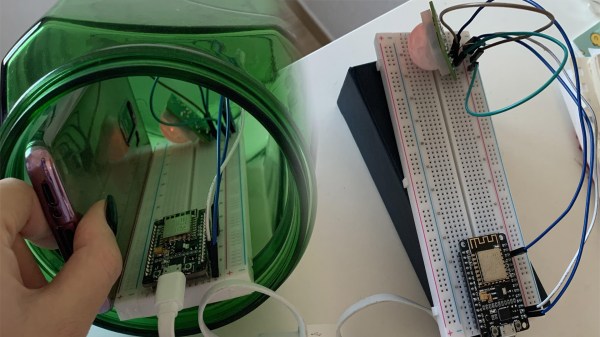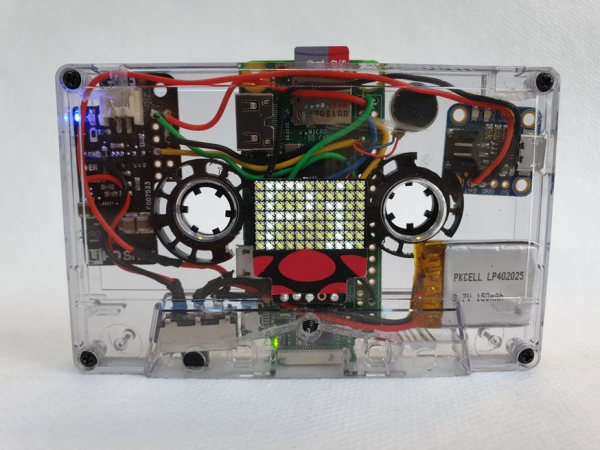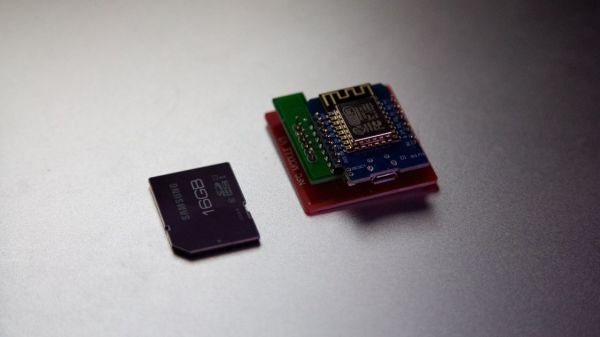Much of the world appears to revolve around sports, and sports tracking is a pretty big business. So how do people keep up with their favorite team? Well, [Jackson] and [Mourad] decided to devise a custom IoT solution.
Their system is a bit convoluted, so bear with us. First, they tell Alexa whether or not the team won or lost that week. Alexa then sends that information to IFTTT where two different Particle Argon boards are constantly polling the results to decide how to respond next. One Particle responds by lighting up an LED, green for a win and red for a loss. Another Particle board displays the results on an LCD screen. But this is where things get tricky. One of the more confusing aspects of their design is one of the Particle boards then signals back to IFTTT, telling it to tally the number of wins and losses. This seems a bit roundabout since the system started with IFTTT in the first place. Regardless, they seemed to be happy with the result and I’m sure they learned something in the process.
This project might not fulfill any functional need given that Alexa knows everything about all our lives already and you could just ask her how your favorite team is doing whenever you want to. But hey, we’re all about learning by doing here at Hackaday and we’re all guilty of building useless projects here and there just because we can. In any case, their project could serve as a good intro to integrating your Particle with IFTTT or Alexa since there appears to be quite a bit of probably unnecessary handshaking going on here.
Continue reading “An Overly Complicated Method Of Tracking Your Favorite Sports Team”





















